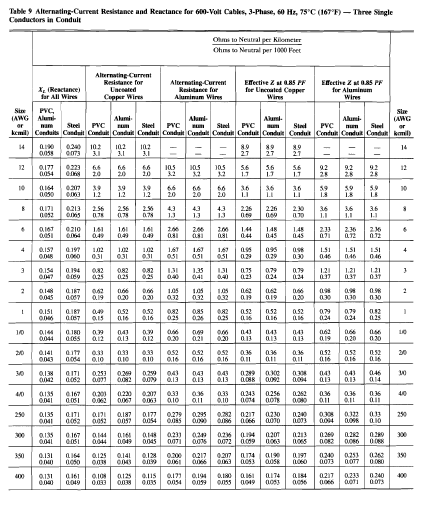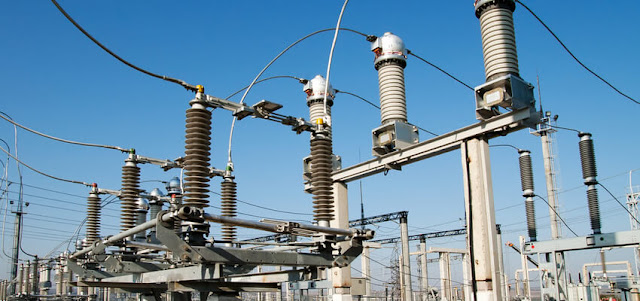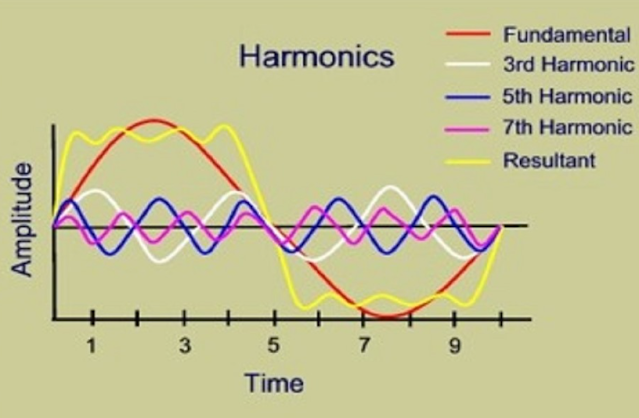Fundamentals of Generator Protection
 |
| Generator Protection Relay | Source: SEL |
The core of an electrical power system is the generator. There are power units based on steam, gas, naphtha, water power, diesel engine drive, and windmills. The range of size extends from a few hundred KVA (or even less) for engine-driven and hydro sets up to turbine driven sets exceeding 500MVA in rating.
Generating units are the source of the power system and their security against any adverse conditions is most important in the system. The generator protection must ensure a fast and selective detection of any fault in order to minimize their dangerous effects.
Protection of passive elements like transmission lines and transformers is relatively simple which involves isolation of faulty element from the system, whereas protection of generators involves tripping of generator field breaker, generator breaker, and turbine.
Related Article: What is the advantage of Using Numeric Relays in Power System Protection?
Generator Protections are broadly classified into three types:
CLASS A: This covers all electrical protections for faults within the generating unit in which generator field breaker, generator breaker and turbine should be tripped.
CLASS B: This covers all mechanical protections of the turbine in which turbine will be tripped first and following this generator will trip on reverse power/low forward power protections.
CLASS C: This covers electrical protection for faults in the system in which the generator will be unloaded by tripping of generator breaker only. The unit will come to house load operation and the UAT will be in service. Various protections of this class are:
- 220 kV (HV side of Generator Transformer) busbar protection.
- Generator Transformer HV side breaker pole discrepancy.
- Generator negative phase sequence protection
- Generator Transformer over current / Earth fault protection
- Reverse power protection without turbine trip.
 |
| Generator Differential Protection |
 |
| Generator Rotor | Source: Mitsubishi Heavy Industries |
- For alarm: 25 KJ Ohm, 1.0 Sec.
- For trip: 5 K Ohm, 0.5 Sec.
 |
| Rotor Earth Fault Relay |
 |
| Overall Differential Relaying |
This operates for phase faults in the unit, in the HV yard, or in the adjacent transmission lines, with a suitable time delay. It operates as a backup when the corresponding main protection fails.
Related Article: Types and Classes of Current Transformer Used in Protective Relaying
Negative phase sequence protection (46 G):
It safeguards the generator rotor against overheating caused by the induced double frequency (100 Hz) currents when negative phase sequence currents are present in the stator. The negative phase sequence current(I2) can appear due to unbalanced single-phase loads or transmission line unsymmetrical faults.
It should be set according to the Negative Phase Sequence capability of the generator.
- I2**2 xt = 30 for Thermal Units
- I2**2 xt = 40 for Hydro Units
 |
| Gas Turbine | Source: General Electric |
The alarm stage can be set at 50% of continuous withstand capability of the machine with a time delay of 3 to 5 Sec.
 |
| Negative Phase Sequence |
Voltage restrained overcurrent protection (51 / 27 G):
This will operate when the fault current from the generator terminals becomes low due to excitation system characteristic with under-voltage criteria. It operates as backup protection for system faults with suitable time delays.
Generator overloads protection (51G):
It is used as an additional check of the stator winding temperature high protection. The relay can be connected
- For alarm with a setting of 110%.
- For a trip with a setting of 125% with due time delay.
- It may develop into a phase to phase fault
- If a second earth fault occurs the current is not longer limited by the earthing resistor.
- Fire may result from earth fault arc
 |
| Stator Earth Fault Relay |
This is a 3rd harmonic U/V relay. It protects 100% of the stator winding. During the machine running condition, there will be a certain third harmonic voltage at the neutral side of the generator. This 3rd harmonic voltage will come down when a stator earth fault occurs causing this relay to operate. This shall have voltage check or current check unit, to prevent faulty operation of the relay at generator stands still or during the machine running down period.
Related Article: What is the Advantage of IDMT in Protective Relaying?
Loss of Excitation (40G):
In case of loss of excitation, the generator goes out of synchronism and starts running asynchronously at a speed higher than the system, absorbing reactive power from the system. Under these conditions, the stator end regions and part of the rotor get over heated.
This protection shall have:
- Mho characteristic lying in 3rd and 4th quadrants of impedance diagram with adjustable reach and offset.
- An under-voltage and/or overcurrent relay as an additional check.
- A timer with an adjustable range of 1-10 Seconds
Recommended Settings:
- Diameter of Mho circle =Xd
- Off set of Mho circuit from the origin = xd1 /2
- Time delay = 1 Sec.
- Under voltage relay = 110 – 115% of generator rated current
- Stage – I: - With turbine trip interlock, a time delay of 2 Sec. shall be adopted.
- Stage – II:- Without ‘ turbine trip’ interlock, a time delay of about 20 Sec. can be adopted to avoid unnecessary tripping of the unit during system disturbance causing a sudden rise in frequency or power swing conditions.
- Large network disturbance
- Faults on the network close to the generator.
- Loss of generator field.
- Operating the generator in an excessive under excited mode.
- Loss of evacuation.
- Prevents the steam turbine and generator from exceeding the permissible operating time at reduced frequencies.
- Ensures that the generating unit is separated from the network at a preset value of frequency. - Prevent over fluxing (v/f) of the generator (large over fluxing for short times).
- The stator under frequency relay measures the frequency of the stator terminal voltage.
- For Alarm: 48.0 Hz, 2.0 Sec. time delay.
- For Trip: 47.5 Hz, 1.0 Sec. (or) As recommended by Generator Manufacturers.
- Stage-I : Over voltage pickup = 1.15 x Un Time delay = 10 Sec.
- State-II : Over voltage pickup = 1.3 x Un Time delay = 0.5 Sec.
- Operating Current Setting = 20% In
- Operating Time = 1.5 to 2.0 Sec. (or) Greater than (max.) Zone-3 time of adjacent Transmission Lines.
 |
| Suggested Protective Schemes for Generating Units |

.webp)











No comments: